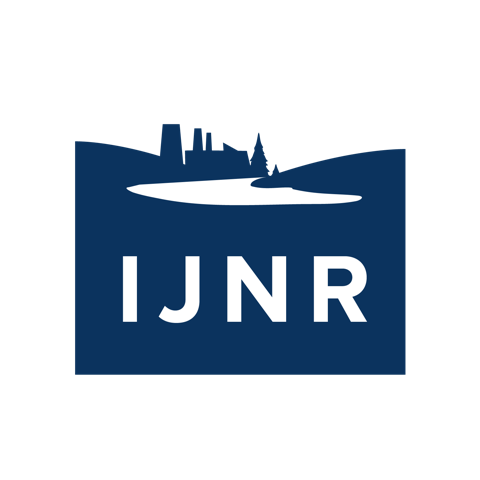Wildfire in the West Supplemental Material
Catching Fire: Prescribed Burning in Northern CA
The unequal vulnerability of communities of color to wildfire
Inequality in Agency Responsiveness: Evidence from Salient Wildfire Events
From Heather Riden:
Extreme Weather Events: Perspectives & Safety Impacts in Agriculture
COVID-19 & wildfires: Double jeopardy for California's farmworker communities
Research Highlight: Increasing Wildfires and Ash Pose a Health Risk to Farmworkers
From Andrew Whelton:
Wildfire caused widespread drinking water distribution network contamination
Considerations for Decontaminating HDPE Service Lines By Flushing
Letter to Director Ghilarducci and Director Sobeck
Wildfire Attack of Water Distribution Systems: Prepare, Respond, and Recover
How chemicals can contaminate plastics in water systems
Case study: the crude MCHM chemical spill investigation and recovery in West Virginia USA
From Scott Stephens:
Synthesis: Interactions Between Fire and Climate in the California Sierra Nevada
Illilouette Creek Basin Summary 2020
Sierra Nevada Forest Restoration Works: The Fire and Fire Surrogate Study Wildfire Response
